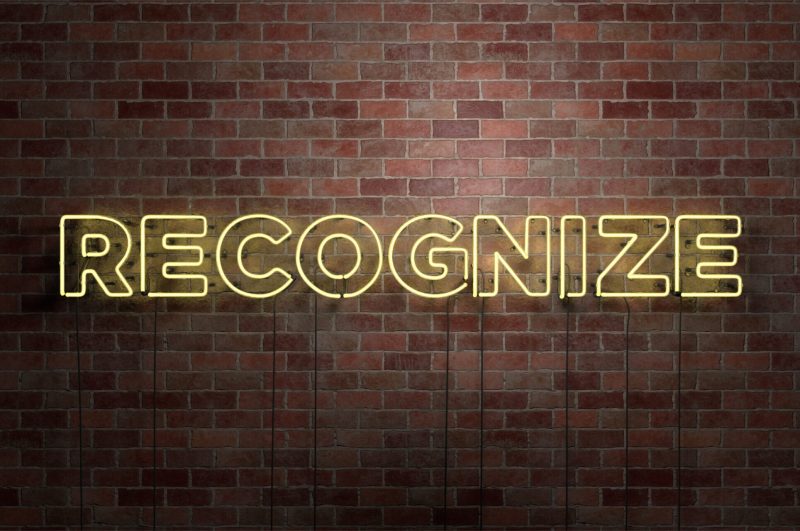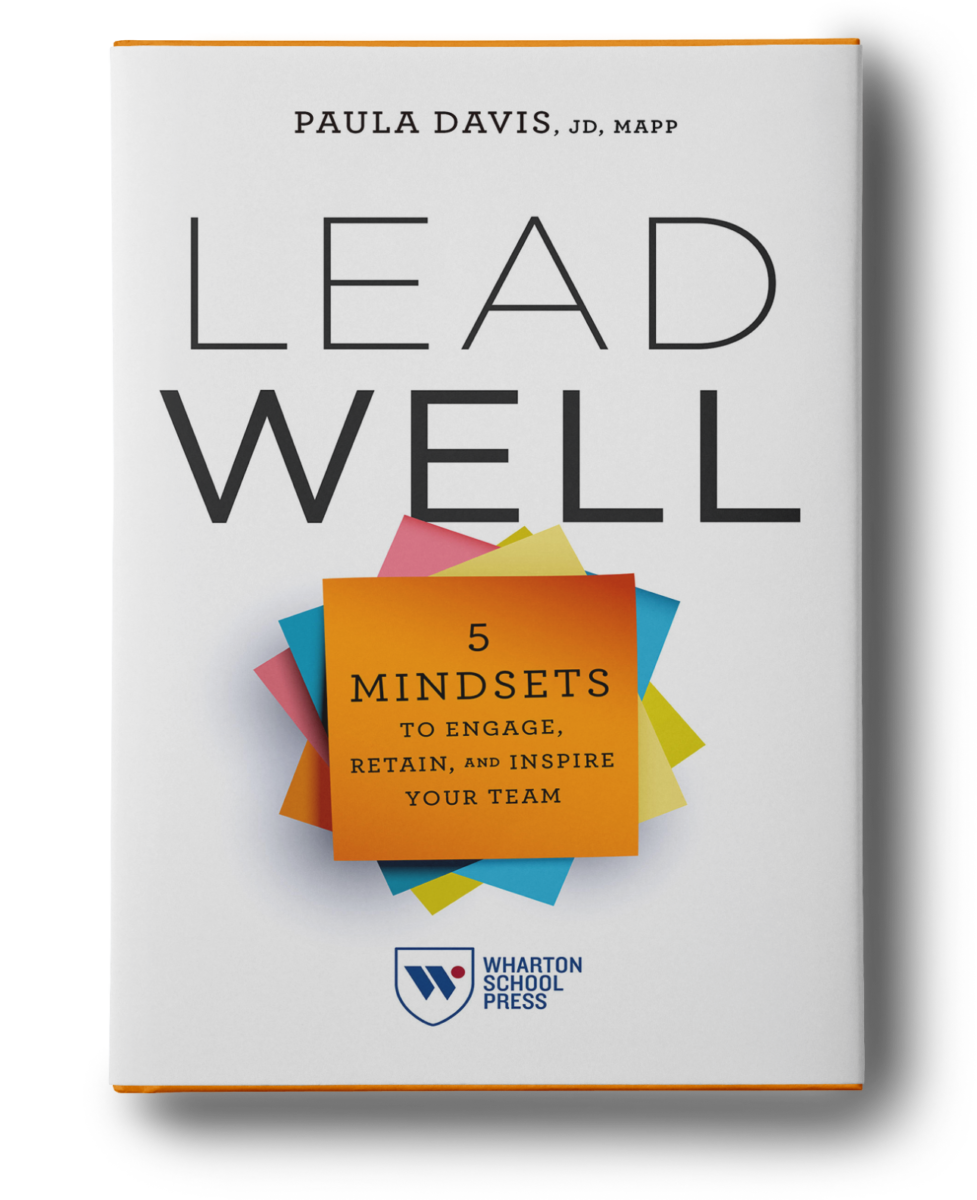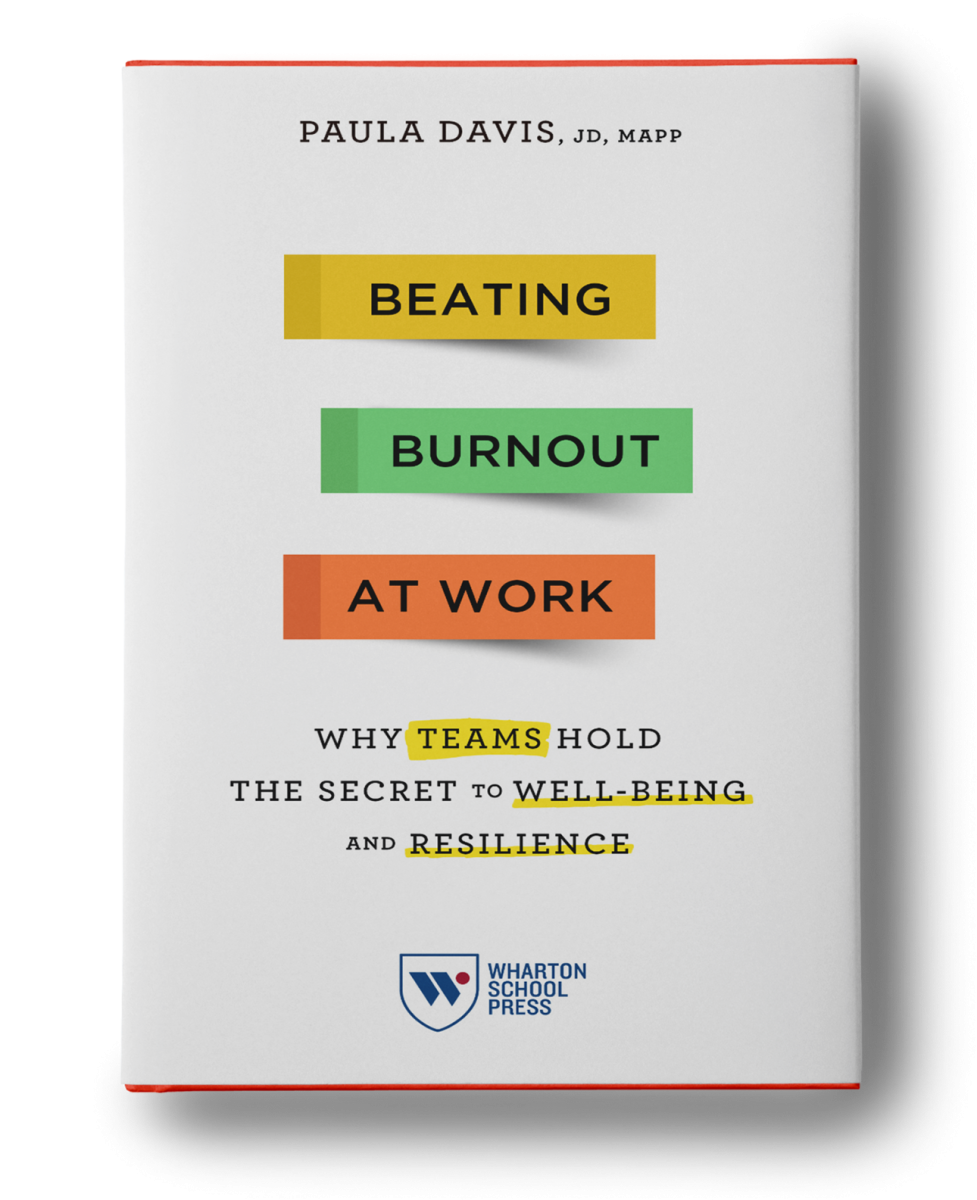The mistaken belief that impacts confidence in women Early last year, social psychologist and Psychology Today blogger, Heidi Grant Halvorson articulated reasons why men and women judge their abilities differently. More recently, the Washington Post published an article arguing that the prevailing wisdom in schools is finally changing—that awards ceremonies and daily affirmations lead to few, if any, academic gains (Chandler, 2012). Why do these gender differences appear, and how does the way you were praised set you up for challenge later in life? Carol Dweck’s research into what she terms “fixed” and “growth” mindsets shows that over time, girls and boys develop different views about what they can accomplish, and that difference is often rooted in the way girls and boys are praised. Girls are frequently praised for being “good” or “smart” (i.e., for their ability) and boys are often praised for “trying hard” (i.e., for their effort). Being told you “did good” on an activity doesn’t give you a blueprint for success replication, which is one reason why schools are now catching up with what the science says. In order to duplicate a success, effective praise must name the specific strategy, effort, or skill that led to the good outcome. Smart girls with fixed mindsets become smart women who continue to associate doing well with being smart (and associate failure with being not smart). I can give you an example from my own life. Like most successful women, school was pretty easy for me. I was praised for my smarts, and I frequently raised my hand to answer questions, and was again praised for giving the right answer. This changed when I got to law school. There never seemed to be a right answer, only shades of gray, or “that depends.” I had to think and struggle through complex fact patterns and cases that didn’t seem to make any sense, and I was in an environment where students were sharply criticized for wrong answers. Like a turtle going into its shell, I stopped raising my hand unless I was forced to talk, and become paranoid about saying anything wrong. I didn’t have any tools to help me deal with my weakened confidence, so I tried to remind myself of all of my prior accomplishments. As I quickly learned, pep talks don’t fix deeply held beliefs. When challenges occur, women with fixed mindsets typically play it safe and avoid risks too far outside of their comfort zones. As a result, talented women don’t volunteer to lead committees, step up for important projects at work, or set goals that are challenging enough. Therefore, women aren’t on the forefront of a manager’s mind when it comes time for raises, promotions, and accolades. As Dr. Grant Halvorson states, “Even if every external disadvantage to a woman’s rising to the top of an organization is removed…we would still have to deal with the fact that through our mistaken beliefs about our abilities, we may be our own worst enemy” (Halvorson, 2011). By not putting themselves in a position to struggle a bit or be challenged, smart women also become less resilient. Self-confidence is an important ingredient in resilience, and believing that problems can be solved because of one’s own efforts leads to more effective coping strategies (Skodol, 2010). When it comes to skill mastery, perseverance is one of the most important ingredients. As long as you have that, you can let go of your mistaken beliefs about the way ability works, judge yourself less harshly, and successfully tackle any challenge put in your path.
Contact Us
How can we help? Let us know today!






